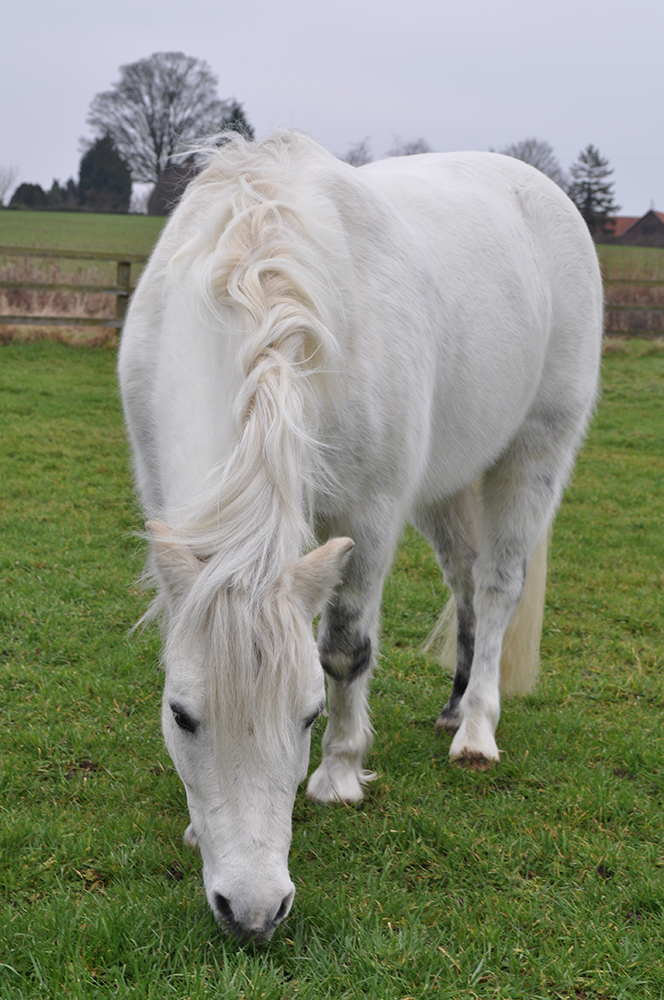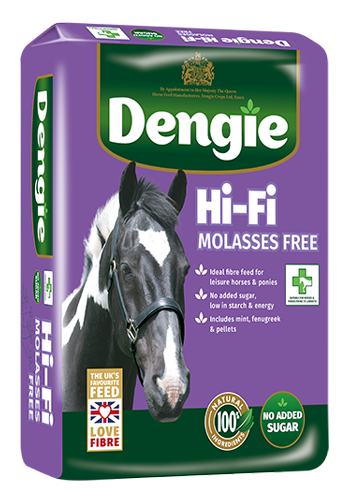Feeding Horses & Ponies with Liver Disease
In order to understand what exactly to feed horses with liver problems, how to feed a horse with liver disease, and what not to feed a horse with liver issues, it is important to know what some of the key roles of the liver are.
Key roles of your horse’s liver
- Producing bile to digest fat
- Producing cholesterol and special proteins to help carry fats through the body
- Producing proteins for blood plasma e.g. albumin
- Converting excess glucose into glycogen for storage and back again for energy supply
- Regulating levels of amino acids which form the building blocks of proteins
- Processing haemoglobin
- Converting ammonia to urea
- Clearing the blood of drugs and toxins
- Regulating blood clotting
- Producing immune factors and removing bacteria from the blood stream
The liver is a highly active organ and so has a large energy requirement. The aim is to provide what the horse requires without stressing the liver too much; in other words try to meet but not exceed what is required.
What are the signs of liver disease?
Many of the signs of liver disease are non-specific such as weight loss, decreased appetite and depression. More specific liver disease symptoms include photo-sensitivity especially on white or pink areas of skin such as the muzzle, head pressing against a wall or fence and jaundice. The latter symptoms are an indication that the disease has progressed to a very serious extent, and may indicate liver failure. If you notice some of the less specific signs in your horse then you should consult your vet who will carry out various tests to rule out other issues. A blood test will usually show raised liver enzymes and is a sign of liver disease but doesn’t necessarily offer an indication as to the cause of the problem which may remain a mystery. The severity of the clinical signs and the extent to which the liver is damaged or failing will significantly affect the prognosis for the horse.
Key principles of diets for horses with liver disease
To reduce gluconeogenesis (the mobilisation of energy stores to provide an energy supply for the body) it is often recommended to feed some cereals as the starch they contain is broken down to glucose. Feeding very small amounts at frequent intervals provides a continuous supply of energy and keeps the stress to the liver to a minimum, this can also help to reduce the liver issues that your horse is currently experiencing. The use of cereals may not be advisable if the horse or pony has a history of laminitis too – in some cases it is necessary to establish which issue poses the greatest threat to health and welfare at that time. Some example diets for these situations are given below.
Historically it has been suggested to remove oil from the ration to reduce the amount of bile required. However, the latest advice is that 0.1ml/kg BW of oil is acceptable for horses with liver disease and up to 0.5ml/kg can be fed for those requiring increased condition (Professor Andy Durham, Liphook Veterinary Hospital). This equates to between 50ml and 250ml for a 500kg horse.
The aim is to again meet protein requirements but avoid excessive over-supply. It is important to consider the amount fed and not just percentage protein levels in feeds. The table below shows how what appears to be a feed that is low in protein, supplies more than a balancer that appears to have a much higher protein content supply.
The feeding rates given ensure the right levels of vitamins and minerals are supplied – feeding less of either feed will mean the diet isn’t balanced.
| Product | Feeding rate per day | % protein in feed | Grams of protein supplied by feeding rate |
| Balancer | 0.5kg | 16 | 80 |
| Low energy mix | 2.5kg | 10 | 250 |
Example Diets
The jury is out as to whether the amino acids profile of the diet matters to the horse. Humans with liver failure are advised to eat more vegetable protein as it is better than animal protein, but the horse does this anyway! The types of amino acids thought to be beneficial are known as Branch Chained Amino Acids (BCAA) and are found in greater quantities in alfalfa than in grass and cereals. Adding a feed from the Dengie Alfa-A range may be beneficial.
Some horses with liver disease may have other conditions that require conflicting feeding strategies such as laminitis, PPID or muscle problems. The key to establishing the correct diet is to identify which liver issue presents the greatest threat to health and welfare at that time. The following examples provide some guidance for different situations.
A 500kg horse in light work, holding weight well in the summer but needs more in the winter to maintain condition.
-
- Ad lib hay in the winter, pasture in summer
- Broad spectrum balancer or supplement
- Dengie Hi-Fi Lite in the summer – a couple of handfuls to mix the supplement into
- Change to Dengie Alfa-A Molasses Free in the winter – up to 1.5kg per day to maintain condition provides 127.5ml of oil, which is well below the maximum suggested levels.
- You could add Dengie Alfa-Beet or Speedi-Beet for more condition if required – up to 0.5kg dry weight per day
- You could add a cereal based feeds such as Cooked Cereal Meal for more condition – up to 1kg per day
A 200kg pony with chronic laminitis and EMS. Now 25-years-old with poor dentition, has liver failure, serious liver problems or liver disease, and has lost a lot of weight.
- Dengie Hi-Fi Senior can be used as a partial or complete hay replacer – the short chop form is easier for horses with poor dentition to manage. Replace hay with the same weight of Hi-Fi Senior. It can be fed in a large trug or bucket.
- Dengie Alfa-A Oil – provides as many calories as a conditioning mix. Feed up to a maximum of 1.5kg for a pony per day
- Dengie Alfa-Beet or Speedi-Beet – can be used to partially replace hay too. Feed up to 1.5kgs dry weight per day for a pony when using as a partial hay replacer.
- A balancer or supplement to balance the ration
- Do not use cereal based feeds due to the laminitis and EMS




